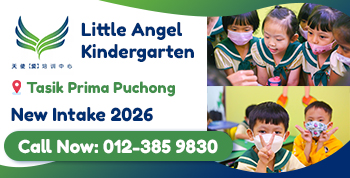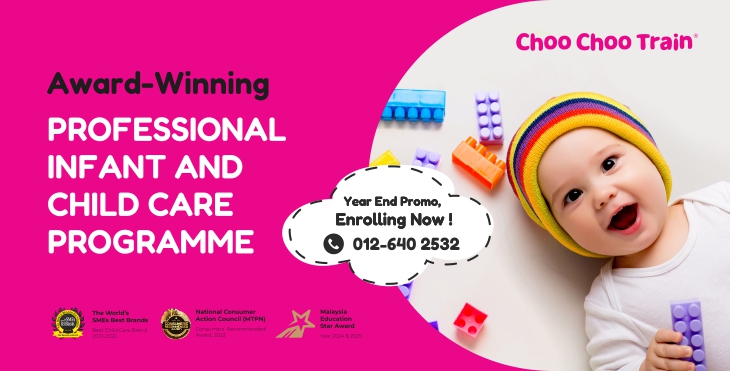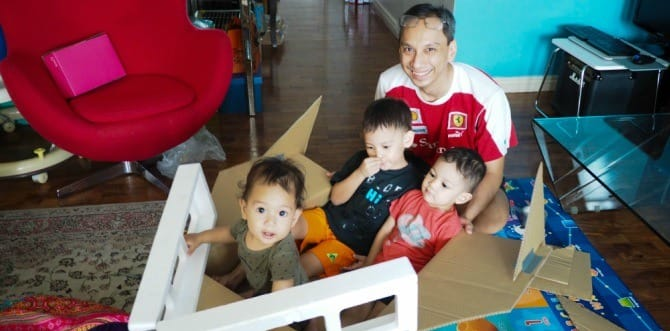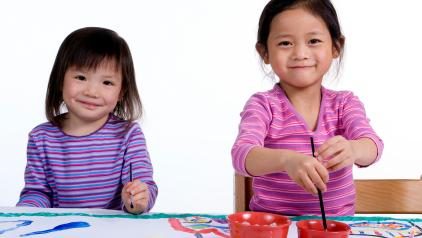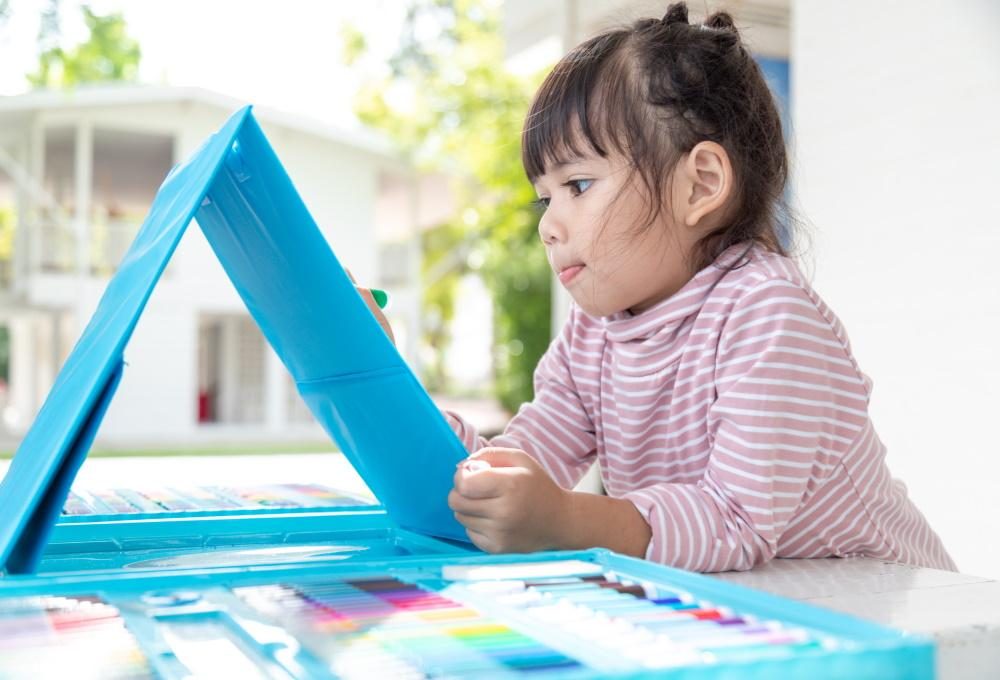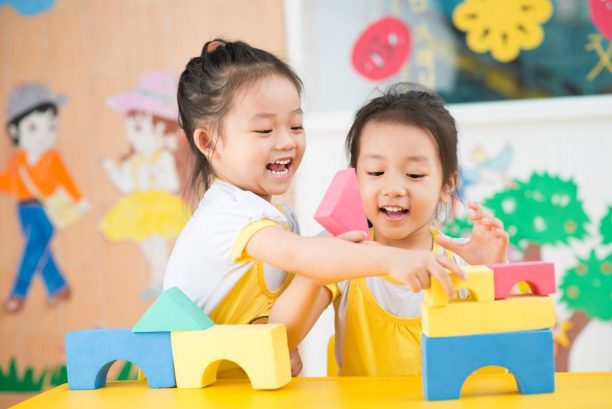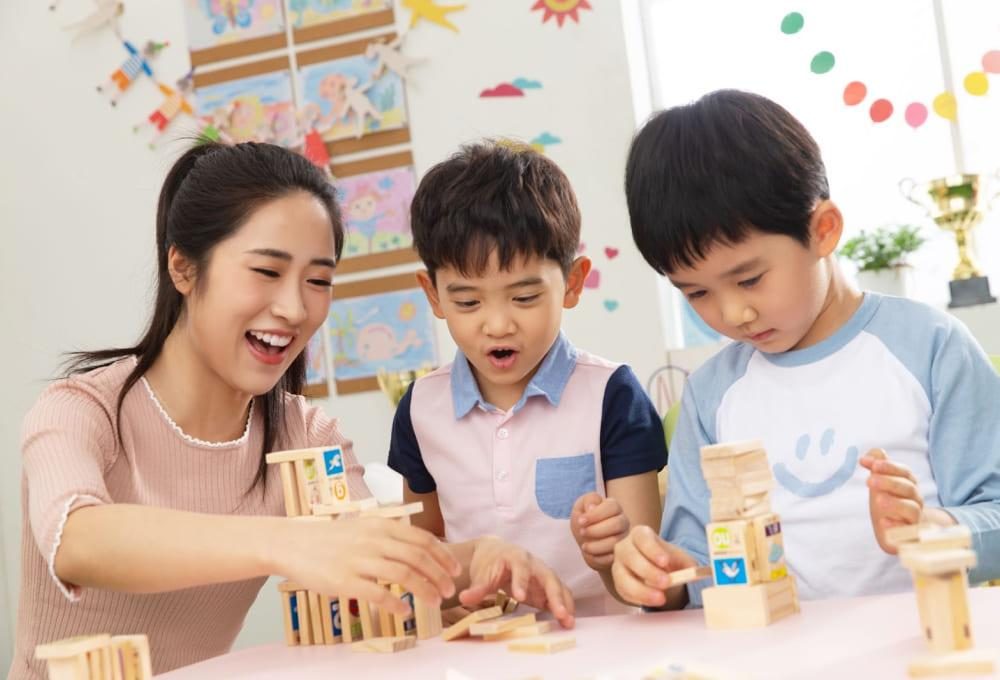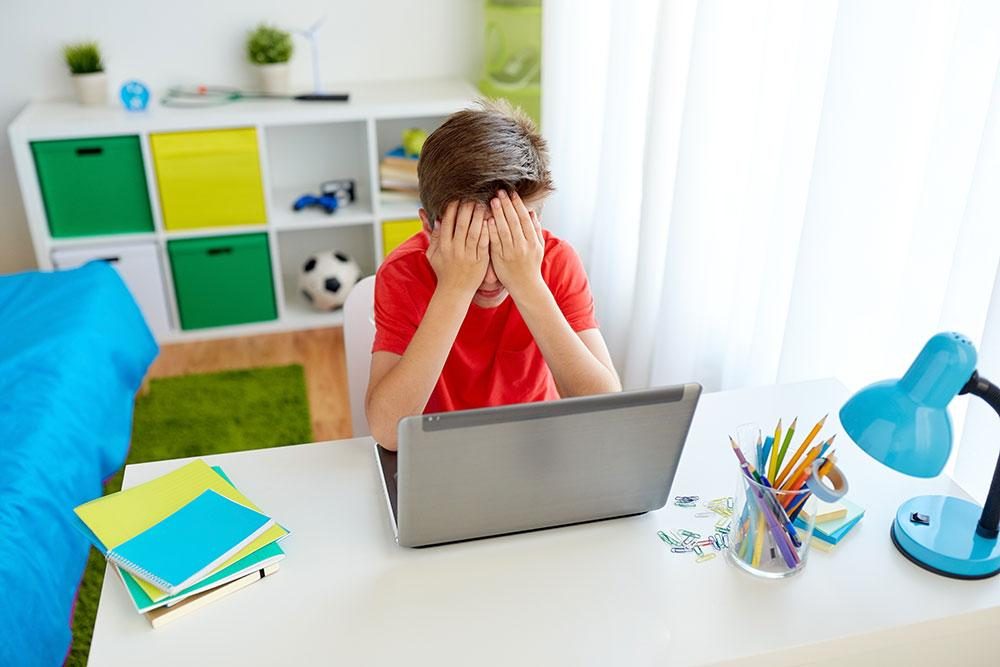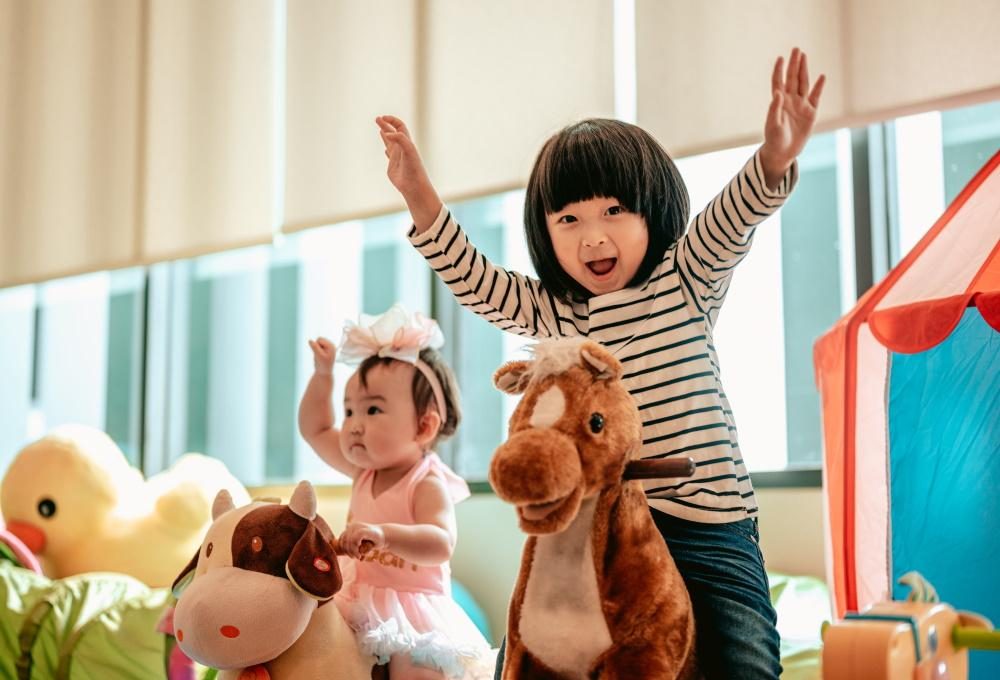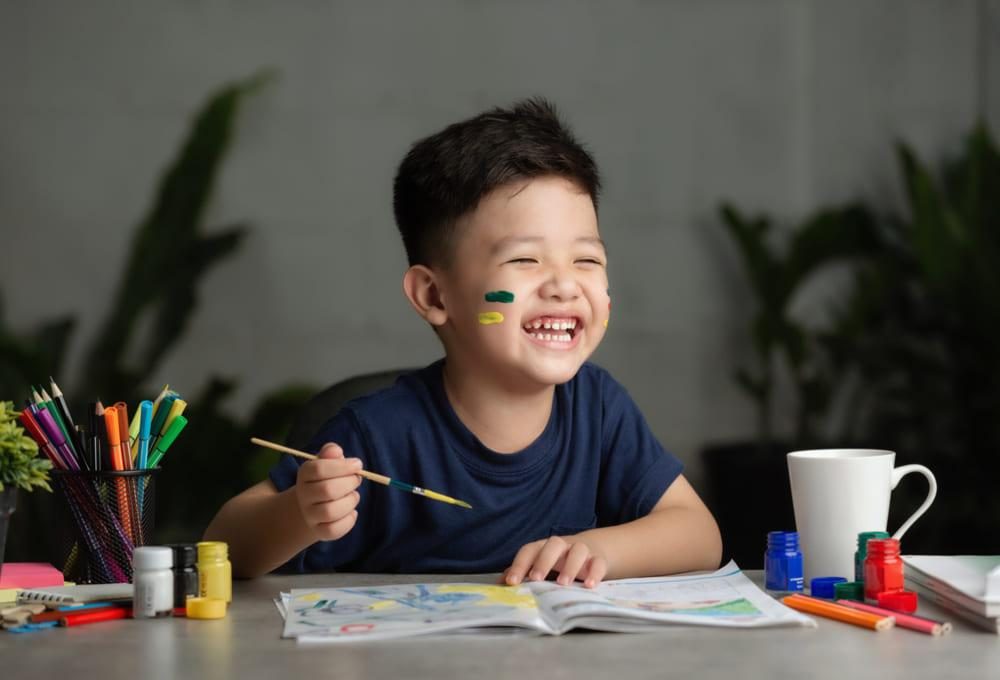How VARK Learning Styles Could Be Your Children’s Best Companion
by on 11/04/2019 ...
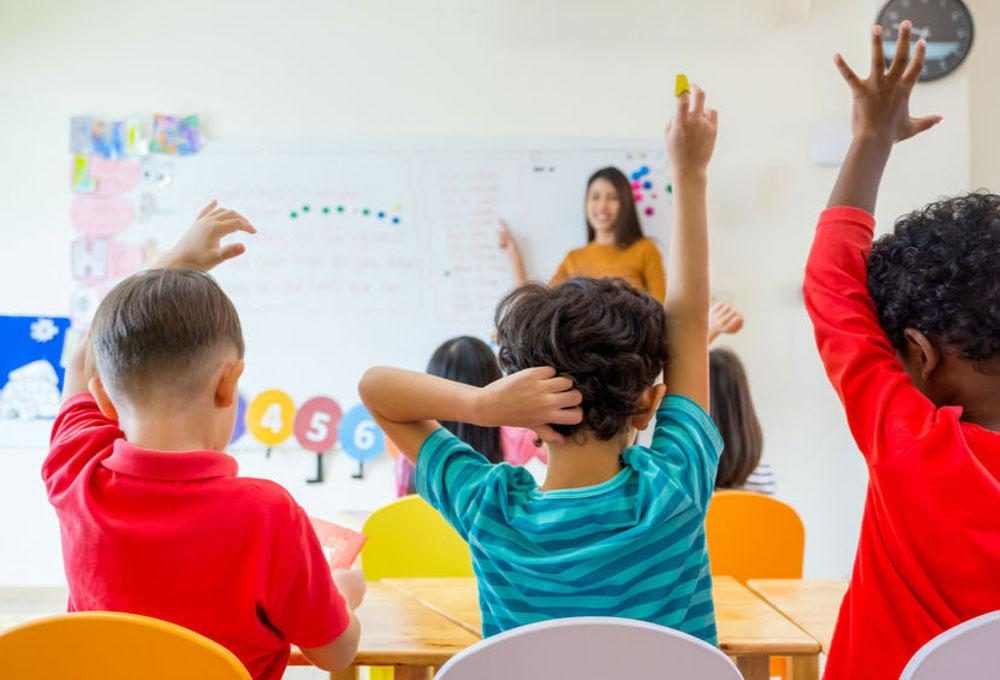
In the world of education, one thing that all academicians recognized is that each human beings learn differently. In early childhood education, what’s working for one child may not work on the other children because of one reason; individual differences. Due to this natural happening, children may not respond similarly to the same input given by the teacher in front of the classroom because it is not aligned with their effective approach to learning.
Based on Visual, Auditory, Read / Write, and/or Kinesthetic / Tactile (VARK) learning styles, the model suggested that children have the different tendency that they display towards visual, auditory, reading/writing, and/or kinesthetic input.
Watch, Listen, Write or Do
Parents and teachers may identify the small children’s preferred approach to learning through observation and series of posed situations. For an illustration, imagine that the children have to perform a new physical skill such as dancing or a new discovery for a science experiment, in which way the children adapt this skill the best?
-
Looking at pictures of people performing the skill
-
Listening to an expert explain how to do the task
-
Reading about how to perform the task in a book
-
Watching someone else perform the skill and then trying it themselves

If the children learn best by looking at pictures of people performing the skill, they are visual learners. The learners often understand and remember things by sight. Visual learners tend to have a photographic memory and good spatial awareness. The learners may have difficulty with spoken directions and may be easily distracted by external sounds. Visual learners are triggered by colours and contexts that is rich in imagery.
|
Best Learning Tips for Visual Learners |
|
|---|---|
|
Graphic displays such as flash cards, charts, diagrams, illustrations, handouts, and videos are all helpful learning tools for visual learners. |
|
|
Highlight and use colour code. |
|
|
Replace words with symbols when necessary. |
|
|
Visualize spellings to remember words. |
|
|
Solve mathematical problems by draw a series of boxes, each containing the appropriate piece of information in sequence. |
|

If the children learn best by listening to an expert explain how to do the task, they are aural learners. The learners are often good at listening and remembering things they have heard. The learners comprehend information by the way it sounds and understand spoken instruction better than written. Aural learners tend to have a good musical ability and remember songs well. To optimize learning, study at a place that is free from auditory distractions.
|
Best Learning Tips for Aural Learners |
|
|---|---|
|
Spoken language such as class lectures, e-books, audio and tape recordings, musical jingles, and songs are all helpful remembering tools for aural learners. |
|
|
Study material and proofread by reading it out loud (e.g. until it sounds right). |
|
|
Participate in group discussion to hear and talk things out. |
|
|
Sound word out syllable by syllable when spelling. |
|
|
Solve mathematical problems by explaining the steps the learners are doing aloud. |
|
If the children learn best by reading about how to perform the task in a book, they are read and write learners. The learners often good at remembering things they have read or write and prefer to grasp information based on written words and texts.
|
Best Learning Tips for Read / Write Learners |
|
|---|---|
|
Written materials such as notes, textbooks, worksheets, presentations handouts, and references book are all helpful learning tools for read / write learners. |
|
|
Study written materials to learn new information. |
|
|
Take notes during class and while reading materials. |
|
|
Write the things out on paper to remember better (important lists, definitions, and information) |
|

If the children learn best by watching someone else perform the skill and then trying it themselves, they are kinesthetic learners. The learners learn and remember things by physical movement of touching and doing. Kinesthetic learners are active, well-coordinated and have good athletic ability. The learners are usually expressive with gestures and may have difficulty to sit still while learning. Kinesthetic learners are the tinker and they always love to move around.
|
Best Learning Tips for Kinesthetic / Tactile Learners |
|
|---|---|
|
Kinesthetic learners develop through touching, doing, building and moving, therefore, hands-on activities such as art project, science experiment, messy play, cooking class, stories role-play, and practical movement are all helpful learning approaches for them. |
|
|
Try to learn by being physically involved. |
|
|
Trace words using fingers when reading and write words in the air when spelling. |
|
|
Use concrete objects to help the learners understand mathematical concepts. |
|
|
Utilize the short attention span by taking frequent short breaks when learning and feel comfortable to hold something or to tap pencil when studying. |
|





